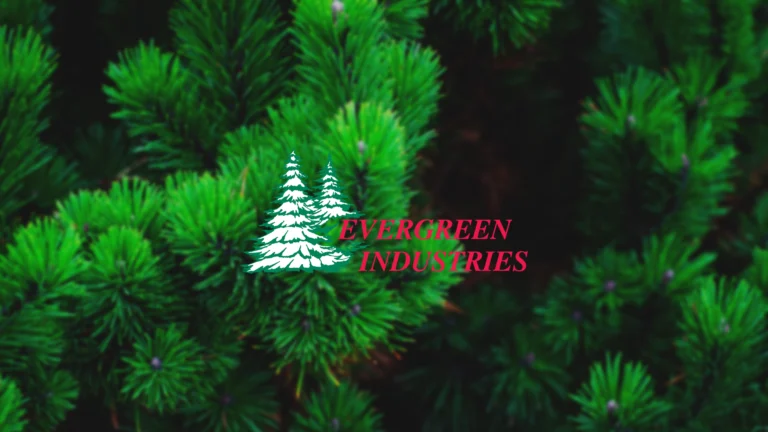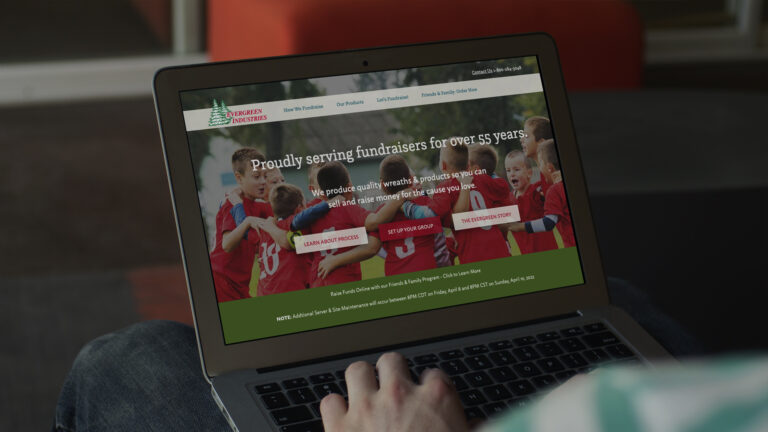A well-organized fundraising calendar can be the backbone of a successful campaign. Proper timing ensures that all steps, from initial planning to final delivery, are executed smoothly, maximizing your efforts and boosting profits. Here’s how to create an effective fundraising calendar with tips for timing each stage for optimal results.
1. Start with a Comprehensive Plan
The first step in building your fundraising calendar is to outline all the major tasks that need to be completed. Break these tasks down into manageable sections, including planning, marketing, sales period, order processing, and delivery. Having a roadmap of the entire campaign allows you to allocate time more efficiently and spot potential scheduling conflicts early on.
Tip: Create a visual timeline using tools like Google Calendar, Trello, or Asana to keep everyone informed and aligned.
2. Choose the Right Start Date
Timing your fundraiser strategically is crucial for success. For holiday-themed fundraisers like wreath sales, consider starting in the early fall. This allows ample time for promotion and gives customers the opportunity to plan their purchases before the holiday rush.
Pro Tip: Start your campaign at least 8-12 weeks before your desired delivery date to accommodate marketing, order collection, and processing time.
3. Allocate Time for Marketing and Promotion
Successful fundraising campaigns prioritize marketing to build anticipation and awareness. Plan to spend 2-4 weeks promoting your campaign before officially launching sales. Use this time to create social media posts, send emails to your supporter list, and distribute flyers or brochures.
Tip: Utilize the free resources provided by Evergreen Industries, such as marketing brochures, to simplify this process.
4. Plan a Kickoff Event
Hosting a kickoff event can build excitement and motivate participants to engage from the start. Whether it’s an in-person gathering, a webinar, or a social media live stream, this event should introduce the campaign, explain the goals, and highlight how participants can contribute to reaching those goals.
Tip: Schedule your kickoff event about one week before the sales period begins. This provides a boost in momentum right as your campaign launches.
5. Set a Realistic Sales Period
The length of your sales period can influence your fundraiser’s success. Too short, and you may not reach enough potential buyers; too long, and interest might wane. A sales period of 4-6 weeks is typically ideal for maintaining momentum without dragging out the process.
Pro Tip: Mid-campaign check-ins are a great way to re-energize your team and update everyone on progress. Schedule a “midway motivator” event to remind participants of their goals and share successes so far.
6. Include Buffer Time for Order Processing
Once your sales period ends, plan buffer time for processing orders before finalizing them. This is critical for catching errors, confirming quantities, and ensuring that all orders are accurate before sending them to your supplier.
Tip: Allow at least 1-2 weeks for thorough order review and submission. The Evergreen Industries team can assist with tracking and confirming your order, making this step smoother.
7. Coordinate the Delivery Timeline
Work backward from your ideal delivery date to ensure your calendar supports timely distribution. Remember to account for shipping times and possible delays. Communicate these timelines clearly with your supporters to manage expectations.
Pro Tip: Use Evergreen’s Shipping & Tracking tools to monitor your orders and keep your delivery process transparent for your customers.
8. Plan for Distribution
Once the wreaths arrive, your team should be ready to distribute them efficiently. Scheduling a distribution day with designated pickup times can prevent chaos and keep your customers satisfied. Make sure to have volunteers on hand to help organize the flow of pickup or delivery.
Tip: If possible, coordinate with a local business or community center to serve as a distribution hub.
9. Schedule Follow-Up and Thank-You
Concluding your campaign with gratitude reinforces positive relationships with supporters and sets the stage for future success. Plan to send out thank-you notes, emails, or social media shout-outs within one to two weeks after your distribution is complete.
Pro Tip: Use this time to collect feedback from participants and supporters about what they liked and what could be improved for future fundraisers.
Building Your Calendar: A Sample Timeline
- Weeks 1-2: Initial planning, setting goals, and gathering resources.
- Weeks 3-4: Marketing preparation, creating promotional materials, and planning the kickoff event.
- Week 5: Kickoff event to engage participants.
- Weeks 6-10: Sales period with a mid-campaign check-in around Week 8.
- Weeks 11-12: Order processing and final submission to Evergreen Industries.
- Weeks 13-14: Delivery preparation and distribution.
- Weeks 15-16: Follow-up thank-yous and feedback collection.
Conclusion
Timing is everything when it comes to fundraising. By carefully planning each step of your fundraiser and building a structured calendar, you’ll keep your team focused and motivated while ensuring supporters stay engaged from start to finish. Effective scheduling paves the way for smoother operations and a more successful campaign.
Get Started with Evergreen Industries
Ready to plan a successful wreath fundraiser? Evergreen Industries provides high-quality products and expert support to help make your campaign a success.



